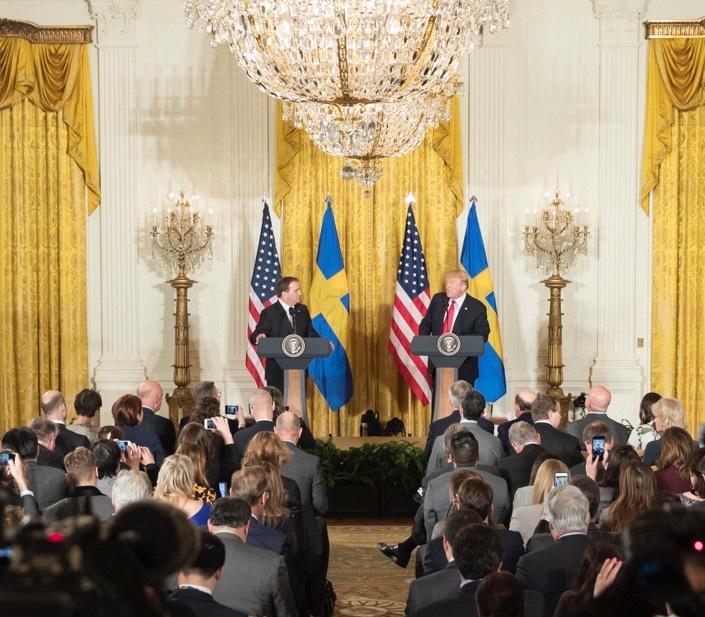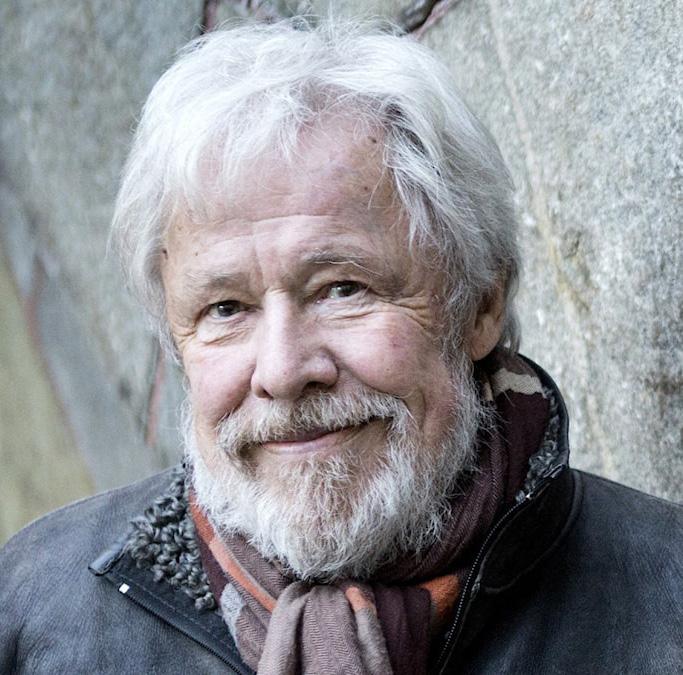[
]
Road to 2045
Road to 2045
New Technologies to Mitigate Global Warming By Jakob Lagercrantz
“N
öden är uppfinningarnas moder” goes a Swedish saying which translates as “Necessity is the mother of invention”. Faced with the climate crisis, several new fuels are entering the market. One such example is electro-fuels, where electricity is used to split water into hydrogen and oxygen. The hydrogen is then combined with carbon dioxide to make drop-in hydrocarbons like diesel and gas (methane). Imagine combining electricity and carbon emissions to make a fuel. It sounds too good to be true. The bottleneck is the availability of easily recaptured carbon dioxide. Pollution as a limiting factor – now, there is a paradox! With the strong growth of sun and wind power, we now at times have a surplus of locally generated electricity which the grid has problems transporting. Since it is difficult to
store electricity for a longer period of time, electro-fuel is a way to store and transport the energy that otherwise cannot be utilized. Another new fuel is Recycled Carbon Fuels (RCF) that use discarded, non-recyclable waste to produce fuels or chemicals. Here again is a technology exploiting what we have limited ways to dispose of. Both of these fuels have one thing in common: they are relatively expensive to produce, at least while the technology is new. To be competitive, they need
the tax levied on carbon-emitting alternatives to be high. And we need business entrepreneurs who are willing to innovate, since we cannot solve the climate crisis with the technologies of yesterday, or indeed today. But there are challenges. The technology used for these new fuels demands a lot of electricity, and this in a decade where we see a fast-growing demand for electricity. The rapidly increasing number of electric vehicles; large industrial projects where carbon fuels are replaced with hydrogen and electricity; and large server halls for accelerating digitalization – all these applications demand electricity which needs be produced in an affordable and environmentally acceptable way. Another challenge is not to let our guard down, not to believe that some miracle technology will neutralize climate change. There are no such miracle cures; we need to be persistent in pursuing every possible solution. The key is to allow a multitude of solutions which together generate the emission reductions that we need. On the positive side, there is no real competition between the greener alternatives – the need is simply too big. The introduction of new technologies gives us hope for a faster way to mitigate global warming. One third of the recently approved EU Recovery Fund of 750 billion euros will be allocated to green recovery. With the prospect of a new American administration soon in place, and with the US re-joining the Paris Accord, we will have a more united global policy in place to support innovation. The Swedish 2030-secretariat was formed to support the decarbonization of the transport sector in Sweden. The secretariat is independent from political parties and technical solutions.
[ ]
Swedish Press | Dec 2020/Jan 2021 24












